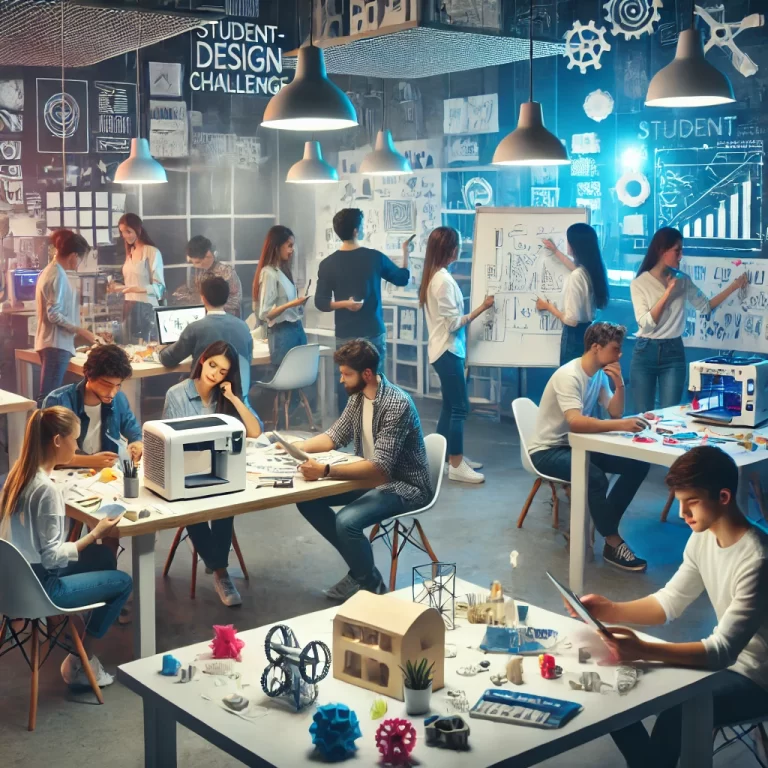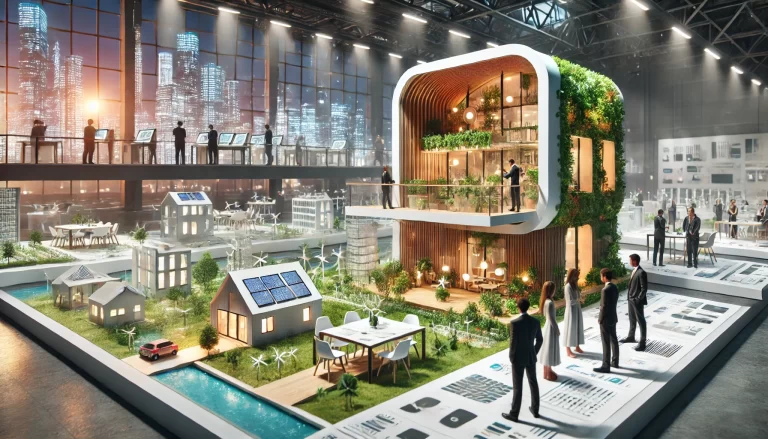The Design Process: How Students Bring Ideas to Life

The journey from a mere concept to a fully realized design is an exciting and dynamic process. For design students, this process often involves research, prototyping, and constant iteration. Let’s explore how students bring their ideas to life and turn creative visions into tangible designs.
1. Ideation and Conceptualization
The design process often starts with a spark of inspiration. Students begin by brainstorming, sketching, and creating mood boards to gather ideas and set the direction for their project. This phase is crucial for refining initial concepts and ensuring that the design aligns with the project’s goals.
2. Research and Understanding the Problem
Once the concept is in place, students dive into research. This may include studying user needs, market trends, and material options. For example, an architecture student might research sustainable building techniques, while an interior design student could explore color psychology and its impact on mood.
3. Prototyping and Experimentation
Prototyping is where ideas start to take physical form. Students create mock-ups, 3D models, or digital renders to test how their designs will function. At this stage, iteration is key. Students often face challenges and unexpected outcomes, but these moments provide valuable learning opportunities to improve and refine their work.
4. Collaboration and Feedback
Many students collaborate with peers and professors to gain insights and feedback on their designs. This feedback loop allows students to make necessary adjustments and fine-tune their work. Collaboration is especially important in group projects where different skill sets come together to create a cohesive final design.
5. Finalizing the Design and Presentation
Once the design is complete, students prepare presentations to showcase their work. Whether it’s presenting to a panel of judges or to a class, students need to communicate the intent, functionality, and aesthetic qualities of their design clearly. The final presentation is often the most rewarding part, as students see their hard work come together in a polished format.
Conclusion
The design process is a journey of exploration, problem-solving, and refinement. For students, it’s a learning experience that teaches perseverance, creativity, and critical thinking. By following these steps, students are able to turn their ideas into tangible designs that have the potential to make a lasting impact.






